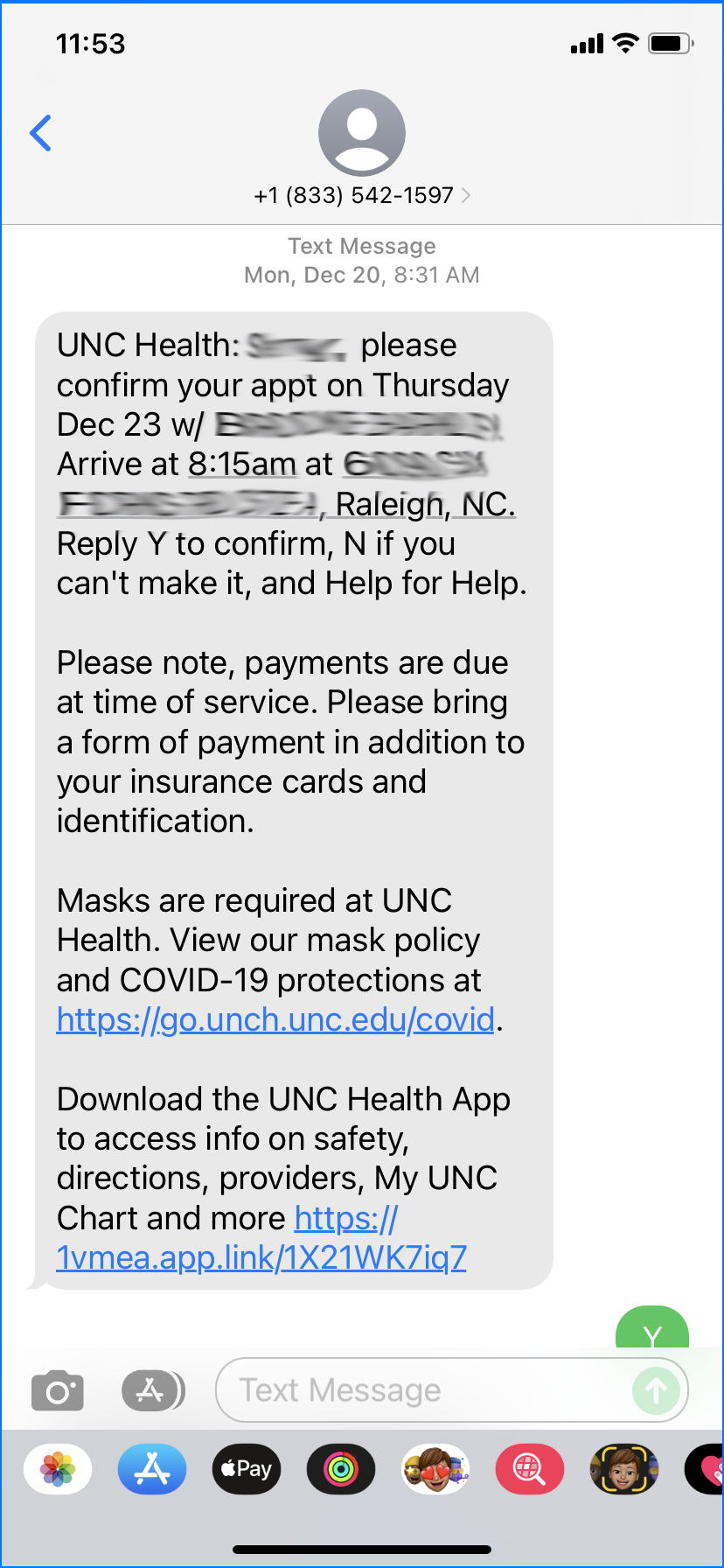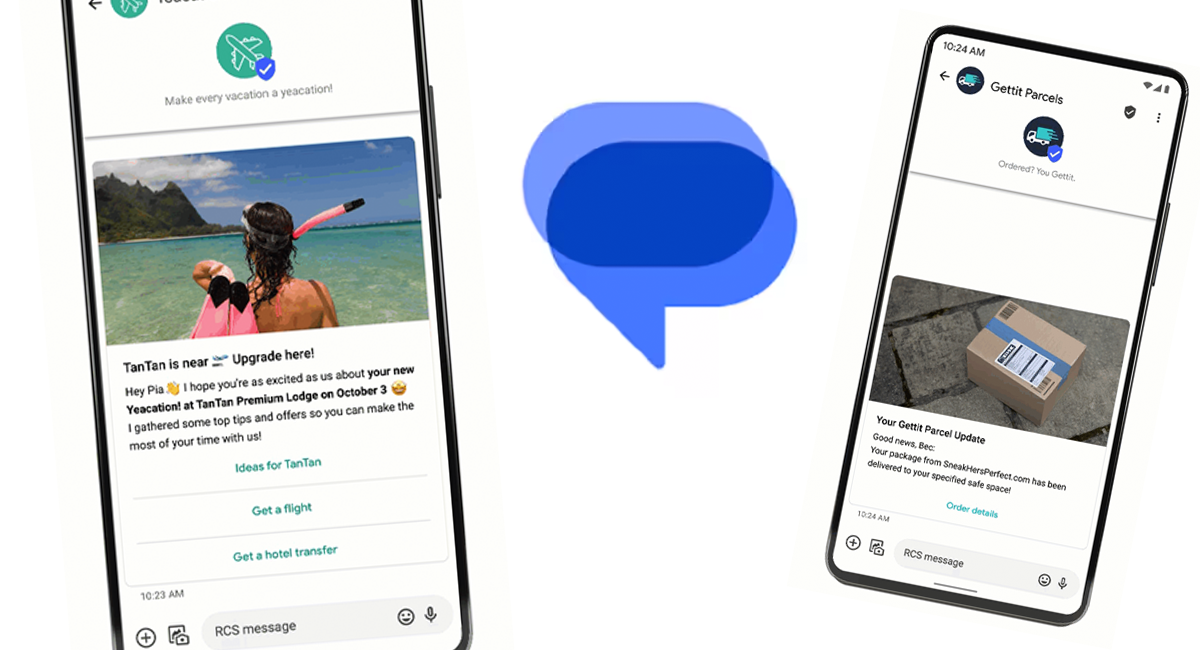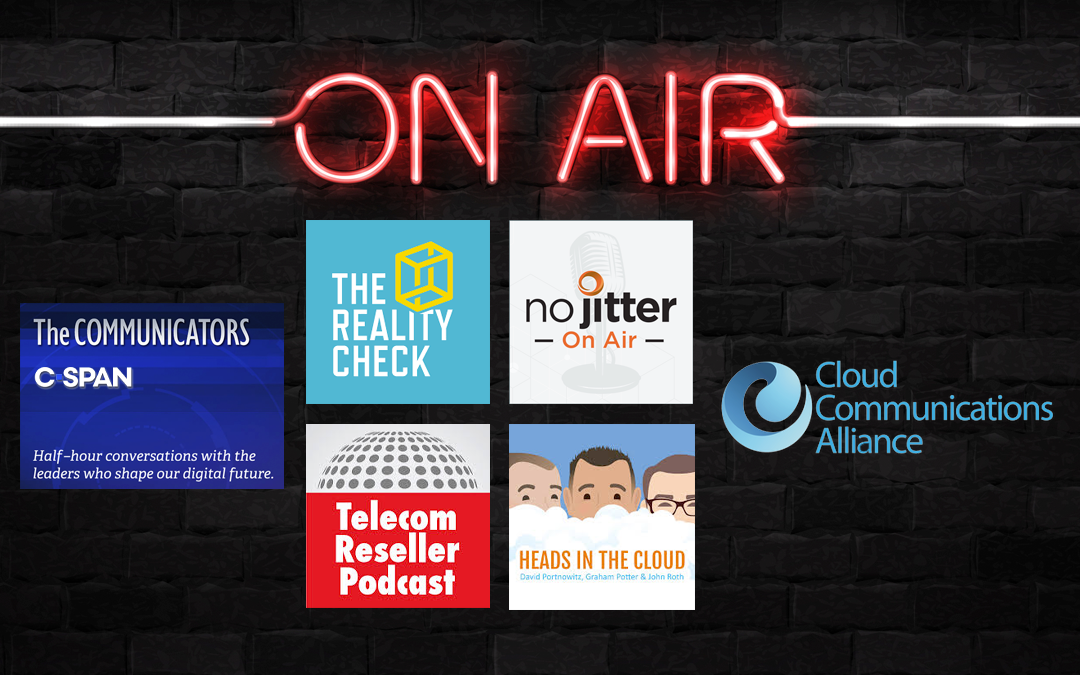A Hidden Gem with Multiple Options
Short Code messaging was the first form of mass texting and established a foothold, while long code messaging with standard 10-digit numbers became popular as a way to save money, increase options, and appear “local” to recipients. Along the way, sending texts using toll-free numbers became a bit of a third wheel, awaiting its day in the sun as a preferred transmission method. If you’re like me, as I look through my recent messages I see lots of short codes, a handful of long codes, and one—one!—toll-free message.
While toll-free messaging doesn’t have short code’s velocity and volume or long code’s ability to localize messages with local area codes visible on every message, it has some unique advantages that make it worth serious consideration—especially given the new brand and campaign registration requirements around long code. But let’s start with an overview.
What Exactly is Toll-Free Messaging and How Does It Work?
Toll-free phone numbers (known as TFNs to telecom staffers) have been around a long time and are pretty ubiquitous across larger companies. Historically, they started with the 800 prefix, but can now be a variety of 800 numbers such as 888, 877, 866, etc. The name essentially explains the purpose: they allow anyone in the U.S. to call them without incurring charges.
Toll-free messaging is just that—turning on the ability to send text messages from one or more toll-free telephone numbers. Recipients can respond to that message with a call or text.
Note that customers can proactively send text messages to your toll-free number, but it must be SMS-enabled. Phone numbers (toll-free or otherwise) might or might not be enabled, and messaging to a number that isn’t enabled will go into the vast message graveyard of the Internet. Most customers not only assume numbers are textable, but also prefer to handle a lot of their communications via text.
Toll-Free Supports Your Brand
Toll-free messaging sits in-between short code and long code in terms of the advantages and disadvantages, but its branding power is unique.
To begin with, if your business owns a toll-free number for calling, you need to ensure that it’s SMS-enabled—end of story. Omnichannel communications have become the norm, and customers don’t just want but rather expect to be able to text to the numbers they call. Not enabling this option can actually hurt your brand. And in fact, customers will frequently complain that they texted a company and never heard back, without realizing that a lot of toll-free (and other) numbers simply aren’t SMS-enabled. Fortunately this can be quickly resolved by contacting your provider.
Because toll-free phone numbers have been around awhile and most businesses only need one, a lot of them have become associated with companies’ brands and messaging. Many businesses use the letters on the keypad to tie the numbers to their corporate identity—or even into their brand name—to make the number more memorable. For example, most of us know 1-800-FLOWERS or 1-800-GOTJUNK.
Obviously this advantage extends to toll-free messaging; and because you can send most or all of your toll-free messages through one number, it’s easy to do vs. short code, which has smaller numbers that are harder to obtain and brand, or long code which typically uses numerous “local” numbers. Don’t have a toll-free number yet? They’re easy to get from Commio or possibly your current provider.
Other Advantages, Disadvantages
As with short code and long code, the other advantages and disadvantages of toll-free really depend on the use case and your unique needs. In specific:
- Speed and scale – Short codes are difficult to get and often take 12+ weeks, whereas toll-free (and long code) can be set up in minutes. Once you have number(s) though, short code is best for high volumes, fast throughput (messages per second), and superior deliverability. Toll-free is somewhat better than long code for speed and deliverability.
- SMS vs. MMS – Toll-free supports both SMS and MMS (long code and short code do as well, but most businesses limit short code to SMS due to price and speed of transmission).
- Price – Most people think of long code as cheapest, but the new campaign registration requirements and carrier passthrough fees put it almost even with toll-free—and both are cheaper than short code.
- Callbacks – Toll-free and long code allow recipients to call or text back, an important part of the omnichannel experience. Short code does not allow callbacks, and messaging response capabilities vary by system.
- Origination vs. Branding – If you need messages to appear as “local” (or they are in fact local and you don’t require broad reach), long code makes more sense than toll-free. If you have an established brand tied to your toll-free number, however, or it’s important to establish your brand, toll-free might be better.
- APIs – All three types of messaging can usually be added to a SaaS application or platform with an API.
 Some Use Cases
Some Use Cases
Toll-free texting is a good option for all types of messaging needs, particularly if your focus is on brand and less on localization. Some of these use cases include:
- Marketing and promotion
- Status notifications and updates, reminders, and alerts
- Customer service and conversations
- One-time password / two-factor authentication (OTP-2FA)
Toll-free is also great for those situations where your volume and budget might not call for short code but you need more volume than is ideal for long code.
* * * * *
The perfect messaging format will vary depending on each use case, but toll-free messaging is an excellent choice that is starting to enjoy some of the due it deserves—especially in light of the new long code / 10DLC campaign requirements. Toll-free is particularly good for supporting your brand and optimizing your omnichannel presence, and it’s easily added to your SaaS applications. At the very least, make sure your company’s toll-free numbers are SMS enabled—who knows what messages you could be missing!
See also: eBook Introduction | Short Code | Long Code | Toll-Free Messaging | Opt-In Lists | Messaging Rules | Delivery Receipts (DLRs) | Messaging APIs

















